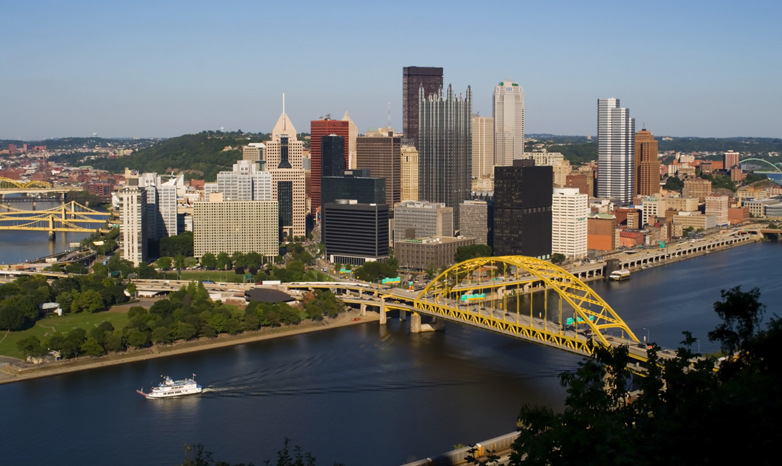History professor’s book explores urban tourism

May 10, 2016
SLIPPERY ROCK, Pa. - When the western Pennsylvania steel industry collapsed in the 1970s and 1980s, the Pittsburgh region began reshaping its image in an attempt to battle back from the economic woes of deindustrialization.

COWAN
Aaron Cowan, SRU associate professor of history, argues in his new book "A Nice Place to Visit," that urban tourism played a central role in the revitalization of Pittsburgh, as well as three other rustbelt cities he studied; Baltimore, St. Louis and Cincinnati.
"Urban leaders used tourism to try to replace traditional manufacturing and to try and make people think of their struggling industrial cities as a 'nice place to visit,' Cowan said.

Cowan said his book, published by Temple University Press, is the first to provide a historical analysis of how the four cities remade themselves into tourist locales in the post-industrial era, largely through image-making and investment in tourist infrastructure such as hotels, convention centers and sports stadiums.
"All of this tourist development was subsidized by millions of dollars of public funding, and I look at some of the consequences of this - cities incurred lots of public debt, and it created a lot of resentment and mistrust among some locals," he said. "Furthermore, new tourist development didn't always seem to help the problems such as poverty, struggling schools and racial segregation the way it was supposed to."
The Pittsburgh Steelers' presence helped western Pennsylvania rebound, he said.
"In Pittsburgh, I looked specifically at the story of Three Rivers Stadium (that opened 1970), and the way that urban leaders saw the stadium - and especially national TV broadcasts - as a way to change the image of Pittsburgh and make the country feel it was not a worn-out, smoky steel town but a modern, successful city," Cowan said.
Western Pennsylvania heavy industry bottomed out in the early 1980s, leading to widespread unemployment. In January 1983, unemployment was 13.9 percent in Allegheny County, 18.7 percent in Butler County, 21.8 percent in Lawrence County and 27.1 percent in Beaver County, according to Pennsylvania Work Stats.
Cowan said Pittsburgh and the surrounding region achieved a relatively successful resurgence in health care and tech research while using tourism to build a reputation as a "livable city." Marketing focused on consumerist desires of suburbanites, highlighting Pittsburgh's sports franchises, restaurants, museums and signature attractions such as Point Park, Mount Washington and the Duquesne Incline.
"Ultimately, I think the story of these rustbelt cities demonstrates that tourism is an important part of contemporary urban economies, but it's not a cure-all," Cowan said. "You can't fix a city and revive its economy just by building a convention center or casino - there has to be a commitment to broader economic and social development."
In one chapter, Cowan examines Baltimore's Inner Harbor district, a tourist attraction with restaurants, the American Visionary Art Museum and within walking distance of Oriole Park at Camden Yards.
Beyond his contribution to the academic field, Cowan, who joined SRU in 2008, said his scholarship also informs his teaching. He uses research from the book in classes such as "The American City" and "Public History."
"I've also taken students on field trips to Cincinnati and Pittsburgh, and it's rewarding to be able to visit some of the sites I write about and explain their historical development over time," Cowan said.
"A Nice Place to Visit" is available at online retailers such as Amazon and Barnes & Noble.

